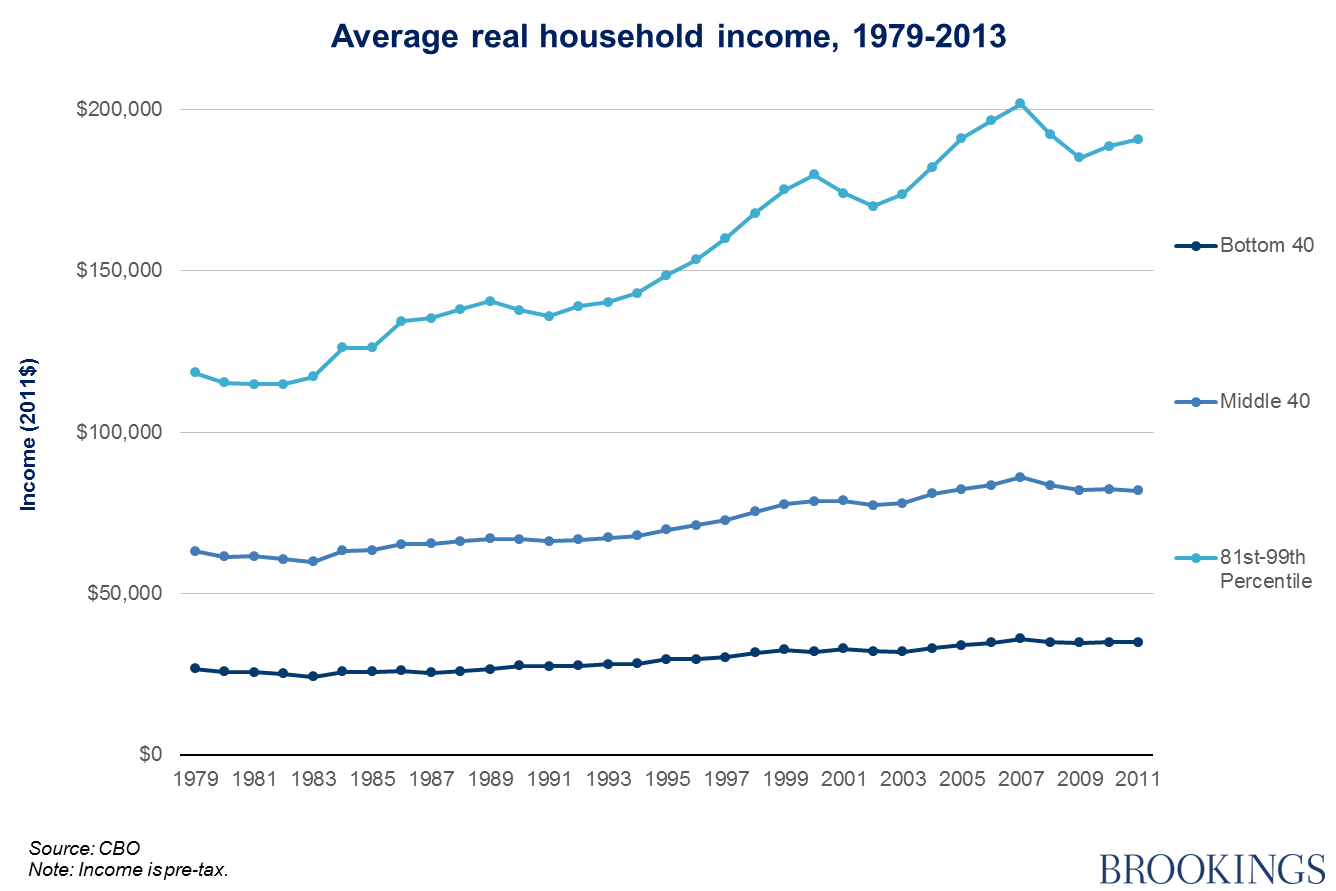

But the decline is impacting middle – class families too, as our analysis shows. For example, recent data show that marriage rates among the poor and working class are much lower compared to the middle and upper classes. The decline of marriage among the poor, and more recently among the working class, has been well documented. This correlation between family instability and family structure is nonetheless important because there are growing socioeconomic divides in family formation. There are, however, huge differences between new parents who are cohabiting and those who are married, including age, education, employment, wages, and intendedness of the pregnancy – all of which are likely to weigh more heavily on outcomes tha n the fact of marriage itself. That’s almost triple the number of transitions children born to a married couple wil l go through by the same age (0.5). Those born to a cohabiting couple, o n average, will go through 1.4 family transitions by the age of 12.

Īn increasing number of children, now 40 percent, are born to or later live with a cohabiting couple. On average, married – couple families experience the most stability, and for children, a stable family environment provides a solid foundation, while instability is linked to negative child outcomes, including problem at ic behavior, poorer social development, lower e ducational attainment, poorer cognitive development, and a wealth penalty in adulthood. Why might marriage matter, over and above cohabitation ? One possibility is that marriage helps to maintain stability, which is correlated with family structure. And while there ha s been a decline in the chances of middle – class children hav ing two parents in the household, the starker divide is in marriage rates. There are clear and uncontroversial reasons why two parents are better than one: time, money and energy, to name just three. How have marriage rates changed over time? (We have chosen this relatively high age range to lessen the risk that differences are being driven by differences in age at first marriage). We focus first on adults between the ages of 33 and 44. The m iddle class are no longer the marriage leaders The Wall Street Journal recently conducted a similar analysis. This paper represents one of the first attempts that we know of to measure marriage rates among the middle class defined by income. Seventy-f ive percent of c hildren in middle – class families lived with two married parents in 201 8, down from 86 percent in 1979. We find that marriage rates among the middle class have declined significantly over the past 40 years and have n ow fall en be low those in the top income quintile.

( To allow for comparisons between families of different sizes, we adjust for family size using the square- root method : for more details see the Technical Appendix below ). We use our standard definition of the middle class as the middle 60 percent of the family income distribution. In this paper we describe marriage patterns by income rather than education, with a particular focus on the middle class.


 0 kommentar(er)
0 kommentar(er)
